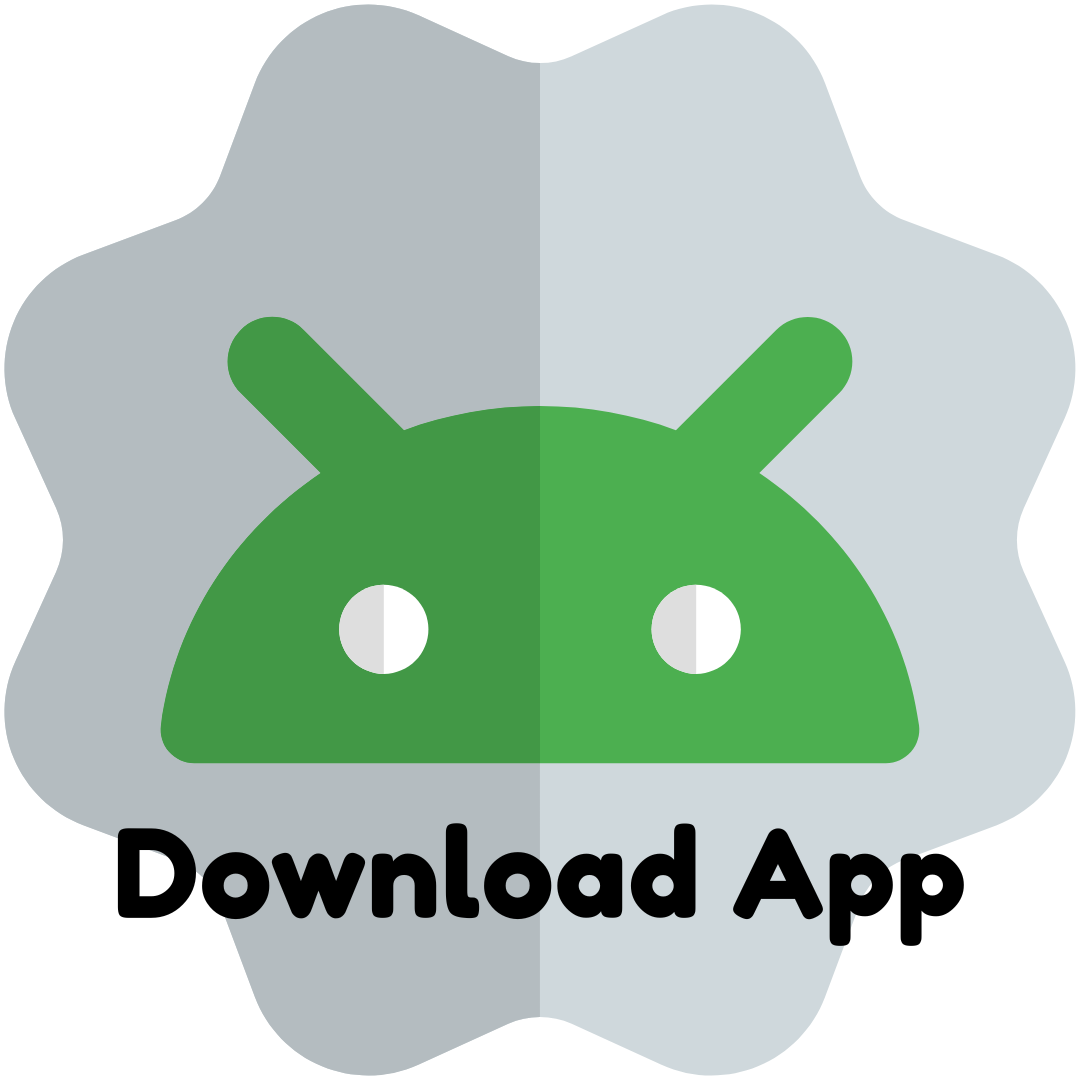How Should I Structure a Customer Meeting During Customer Development?

Customer Development meetings are a vital part of the process of building a product or service that truly resonates with your target market. The purpose of these meetings is to gather valuable insights directly from potential customers, validate your assumptions, and better understand their pain points and needs. The structure of the meeting is crucial to ensure you gather the most useful and honest feedback while building a rapport with your customers.
Here’s how to structure a customer meeting effectively during Customer Development:
1. Introduction: Set the Context
Start the meeting by introducing yourself and explaining the problem you're addressing. It's essential to create a comfortable environment where the customer feels open to sharing their thoughts. Let them know that the goal of the meeting is not to sell them something, but rather to understand their experiences and challenges better. This approach encourages honesty and reduces any pressure they may feel.
For example, you might say:
"Hi, my name is [Your Name], and I'm working on a product that addresses [specific problem]. I’d love to hear about your experiences with this problem and learn more about how it impacts you. The more honest and open you are, the better we can improve the solution."
2. Encourage the Customer to Share Information About Themselves
Once you've set the stage, encourage the customer to share some background information about themselves, their role, and their experience with the problem you're addressing. This helps you understand the context in which they experience the problem and whether they belong to your target audience.
You might ask:
-
"Can you tell me about your role and how you interact with this problem on a daily basis?"
-
"How long have you been dealing with this issue, and how significant is it for you or your team?"
This stage gives you valuable insight into the customer's daily routine and helps you assess whether the problem is as critical for them as you might have assumed. It also ensures that the feedback you receive is relevant and tailored to your target audience.
3. Understand Their Pain Points: Ask Open-Ended Questions
The core of a successful Customer Development meeting is understanding your customer’s pain points. To get to the heart of the issue, ask open-ended questions that encourage the customer to share detailed insights about their challenges and frustrations. Open-ended questions allow for more nuanced responses, giving you a clearer picture of the customer’s needs.
Some effective questions include:
-
"What frustrates you most about this process?"
-
"Can you describe the last time you faced this problem?"
-
"How does this problem impact your work or daily routine?"
-
"How do you currently address or solve this issue?"
These types of questions provide you with rich, qualitative data that will help you pinpoint the specific needs your product or service must fulfill. By asking these questions, you’ll also uncover whether customers are actively seeking solutions or are simply tolerating the current situation.
4. Explore Their Current Solutions and Workarounds
It's important to understand how customers are currently addressing the problem, even if those solutions are imperfect or inefficient. This helps you identify gaps in the market and areas where your product or service can stand out.
Ask questions like:
-
"How do you currently deal with this issue?"
-
"What solutions or tools have you tried in the past?"
-
"What do you like or dislike about your current solution?"
-
"Are there any workarounds you’ve implemented to make things easier?"
These responses will give you a clear understanding of the alternatives customers are using, how they view those alternatives, and what frustrations they might have with them. This information is crucial for differentiating your solution from existing options in the market.
5. Validate the Problem and Their Interest in a Solution
Once you have a better understanding of the customer’s pain points, it’s important to validate whether they would be interested in a solution like yours. Ask questions that help you gauge the urgency of the problem and their willingness to adopt a new solution.
Consider asking:
-
"If a solution like this were available, how would it change your day-to-day operations?"
-
"How much value would solving this problem bring to you or your team?"
-
"What would be the most important factor for you when choosing a solution?"
These questions help you assess whether the customer sees the value in your proposed solution and how much they would be willing to pay for it. This is crucial for shaping your product’s value proposition and determining whether your solution is worth pursuing.
6. Wrap Up and Request Feedback
At the end of the meeting, take the opportunity to summarize the key points you've gathered, and ask for any final thoughts or feedback. This helps ensure you haven’t missed anything important and gives the customer a chance to share any additional insights they might not have mentioned earlier.
You might say:
-
"Thank you for your time today. Based on what we've discussed, I understand that [summary of pain points]. Is there anything else you’d like to add?"
-
"Do you think this solution would be something you'd consider using, or are there any changes you'd suggest?"
This closing question can provide important final feedback and potentially uncover any lingering concerns or details that you missed earlier in the conversation.
Conclusion
By structuring your customer meetings during Customer Development effectively, you can ensure that you gather insightful, actionable feedback. Start by introducing yourself and explaining the problem you're addressing, encourage customers to share their experiences, and ask open-ended questions that dig into their pain points and current solutions. Be sure to validate whether the customer would be interested in your solution and wrap up the meeting by requesting any final feedback.
Effective customer meetings are key to building a product that truly meets the needs of your target audience. By following this structure, you ensure that your Customer Development process is focused, efficient, and valuable.
- Arts
- Business
- Computers
- Jogos
- Health
- Início
- Kids and Teens
- Money
- News
- Recreation
- Reference
- Regional
- Science
- Shopping
- Society
- Sports
- Бизнес
- Деньги
- Дом
- Досуг
- Здоровье
- Игры
- Искусство
- Источники информации
- Компьютеры
- Наука
- Новости и СМИ
- Общество
- Покупки
- Спорт
- Страны и регионы
- World


